- You have no items in your shopping cart
- Continue Shopping
Fujitsu B24-8 TE Pro 24 Inch LED FHD IPS Monitor\Original Used\(75HZ\DP,DVI&VGA)\WHITE
1.750,00 EGP
Display: 23.8 in, IPS, W-LED, 1920 x 1080 pixels
Viewing angles (H/V): 178 ° / 178 °
Brightness: 250 cd/m²
Static contrast: 1000 : 1, Dynamic contrast: 20000000 : 1
Refresh rate: 56 Hz – 76 Hz
Dimensions: 553 x 330.2 x 63.5 mm
Weight: 3.5 k
9 in stock
Size class
Size class of the display as declared by the manufacturer.
Often this is the rounded value of the actual size of the
diagonal in inches.
23.8 in (inches)
Diagonal
Approximate diagonal size of the display. If the
manufacturer does not provide such information, the
diagonal is calculated from the width and height of the
screen.
604 mm (millimeters)
60.4 cm (centimeters)
23.7795 in (inches)
1.9816 ft (feet)
Width
Approximate width of the display. If the manufacturer does
not provide such information, the width is calculated from
the diagonal and the aspect ratio.
527.04 mm (millimeters)
52.704 cm (centimeters)
20.7496 in (inches)
1.7291 ft (feet)
Height
Approximate height of the display. If the manufacturer
does not provide such information, the height is calculated
from the diagonal and the aspect ratio.
296.46 mm (millimeters)
29.646 cm (centimeters)
11.6717 in (inches)
0.9726 ft (feet)
Panel type
There are various panel technologies. Each has its own
specific features – viewing angles, color reproduction,
response time, brightness/contrast, production cost, etc.
The image quality depends directly on the type of the
display panel used.
IPS
Panel bit depth
The most widely used panels are those with 6, 8, and 10
bits for each of the RGB components of the pixel. They
provide 18-, 24-, and 30-bit color, respectively.
8 bits (6 bits + FRC)
FRC
Frame Rate Control (FRC) is a method, which allows the
pixels to show more color tones. With quick cyclic
switching between different color tones, an illusion for a
new intermediate color tone is created. For example, by
using FRC, a 6-bit display panel is able to show 16.7
millioin colors, which are typical for 8-bit display panels,
and not the standard 262200 colors, instead. There are
different FRC algorithms.
Yes
Colors
The maximum number of colors, which the display is able
to reproduce, depends on the type of the panel in use and
color enhancing technologies like FRC.
16777216 colors
24 bits
Aspect ratio
The ratio between the horizontal and the vertical side of
the display. Some of the standard and widely used aspect
ratios are 4:3, 5:4, 16:9 and 16:10.
1.778:1
16:9
Resolution
Information about the number of pixels on the horizontal
and vertical side of the screen. A higher resolution allows
the display of a more detailed and of higher quality image.
1920 x 1080 pixels
Full HD / 1080p
Pixel pitch
The pixel pitch shows the distance from the centers of two
neighboring pixels. In displays, which have a native
resolution (the TFT ones, for example), the pixel pitch
depends on the resolution and the size of the screen.
0.275 mm (millimeters)
0.0275 cm (centimeters)
0.0108 in (inches)
0.0009 ft (feet)
Pixel density
Information of the number of pixels in a unit of length.
With the decrease of the display size and the increase of
its resolution, the pixel density increases.
92 ppi (pixels per inch)
36 ppcm (pixels per centimeter)
Display area
The percentage of the approximate area, taken by the
active part of the screen, to the total front area.
85.57 % (percent)
Backlight
The backlight is the source of light of the LCD display
panels. The type of backlight determines the image quality
and the color space of the display. There are various
backlights such as CCFL, LED, WLED, RGB-LED, and etc.
W-LED
Brightness
Information about the brightness of the screen. It is
measured in candela per square metre (cd/m²).
250 cd/m² (candela per square meter)
Static contrast
The static contrast shows the ratio between the brightest
and the darkest color, which the display can reproduce
simultaneously, for example, within one and the same
frame/scene.
1000 : 1
Dynamic contrast
The dynamic contrast shows the ratio between the
brightest and the darkest color, which the display can
reproduce over time, for example, in the course of playing
a video.
20000000 : 1
Horizontal viewing angle
Information about the maximum horizontal viewing angle,
within which the image on the screen is of acceptable
quality.
178 ° (degrees)
Vertical viewing angle
Information about the maximum vertical viewing angle,
within which the image on the screen is of acceptable
quality.
178 ° (degrees)
Minimum response time
Information about the minimum amount of time, in which
the pixels change from one color to another. Very often the
manufacturer provides the response time for transition
from grey-to-grey (G2G).
5 ms (milliseconds)
0.0050 s (seconds)
Average response time
Information about the average amount of time, in which
the pixels change from one color to another.
8 ms (milliseconds)
0.0080 s (seconds)
Maximum response time
Information about the maximum amount of time, in which
the pixels change from one color to another.
11 ms (milliseconds)
0.0110 s (seconds)
Input lag
Desktop monitors and smart TVs experience a latency/lag
in visualizing the information. The time in milliseconds
that the display needs to visualize the signal input.
29 ms (milliseconds)
0.0290 s (seconds)
Coating
Information about the type of coating of the display. There
are different types of matte and glossy coatings, each of
which has its own advantages and drawbacks.
Anti-glare/Matte (3H)
Gigabyte B550 AORUS ELITE Motherboard AMD Socket AM4
Original price was: 8.500,00 EGP.7.900,00 EGPCurrent price is: 7.900,00 EGP.- 7%Product Recently View
You have not recently viewed item.
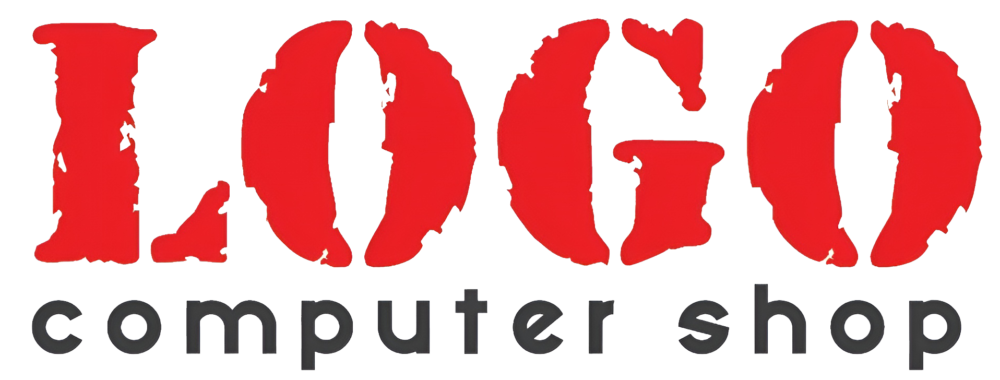



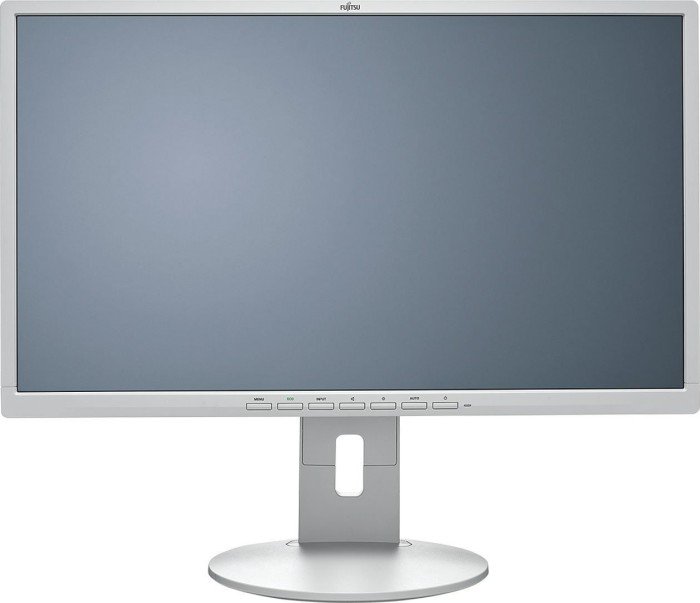
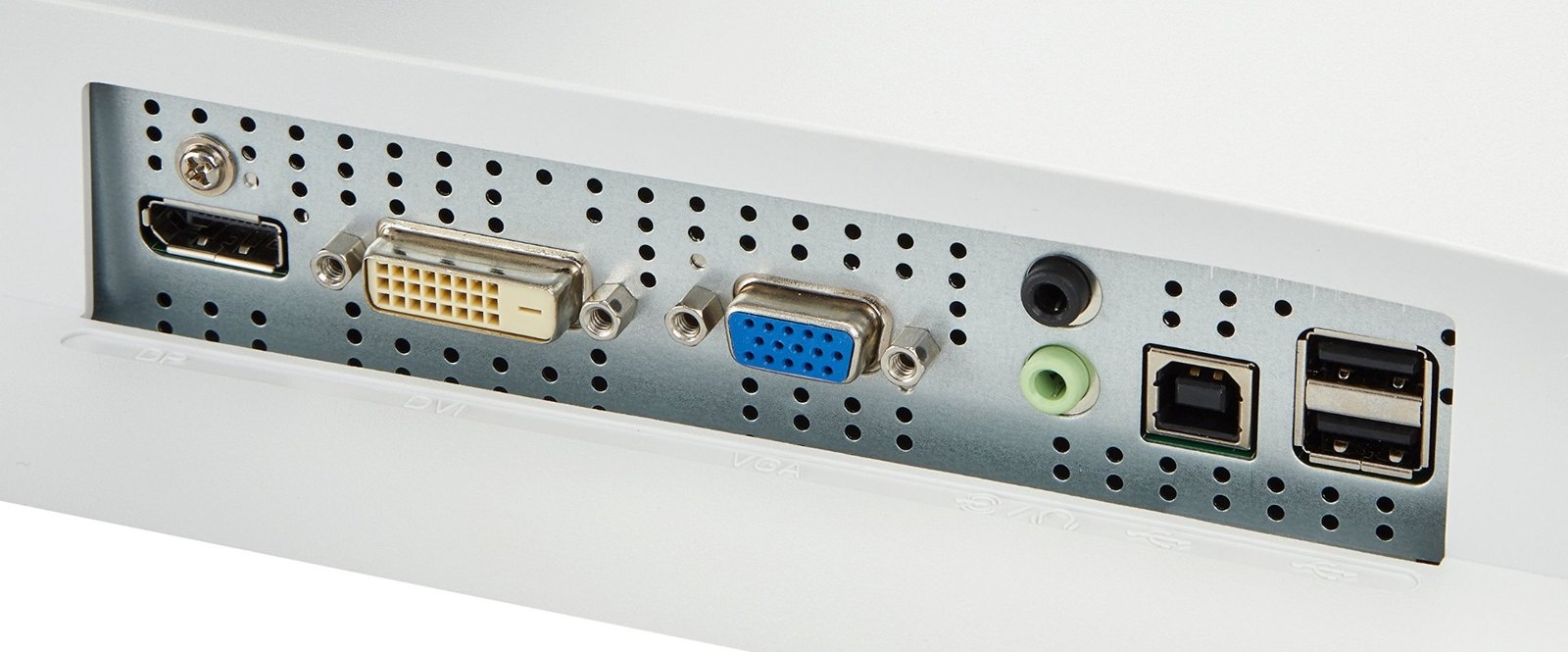
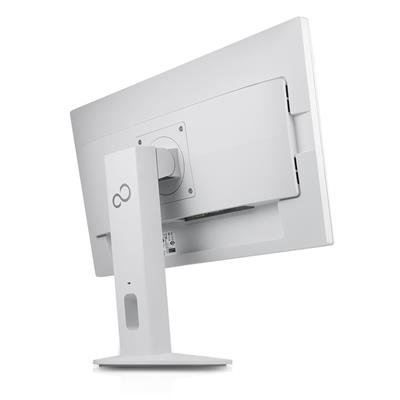

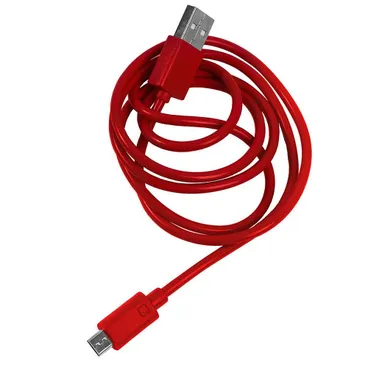
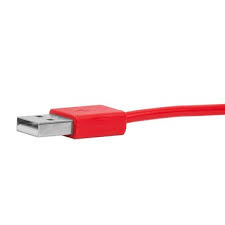
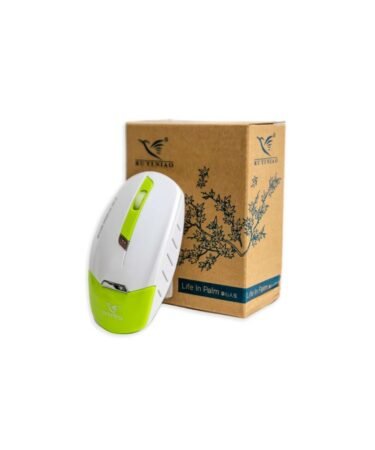

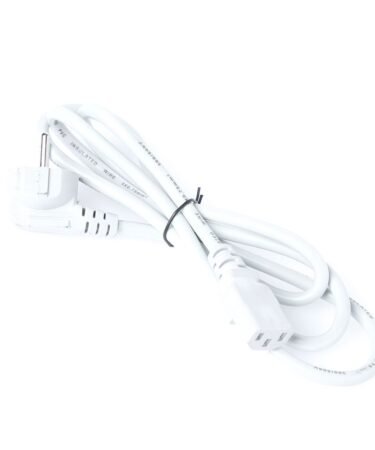
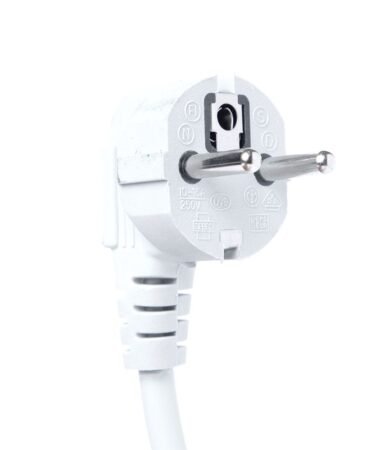
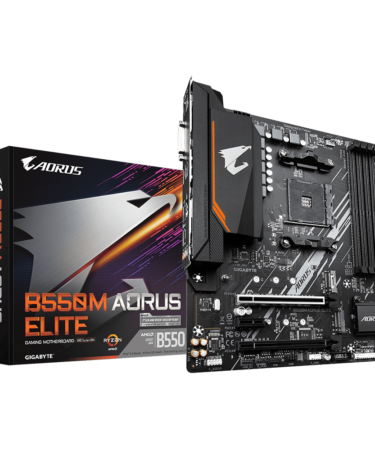
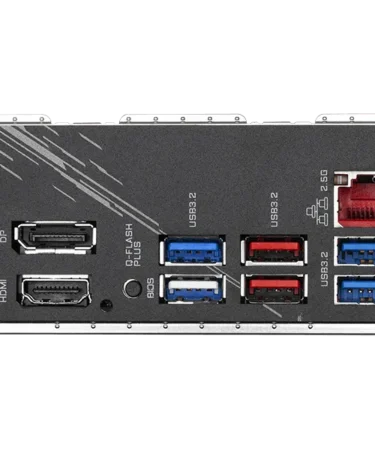
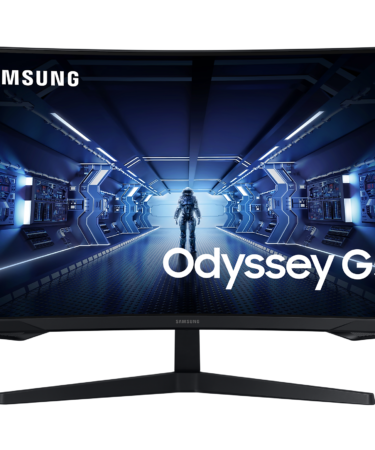
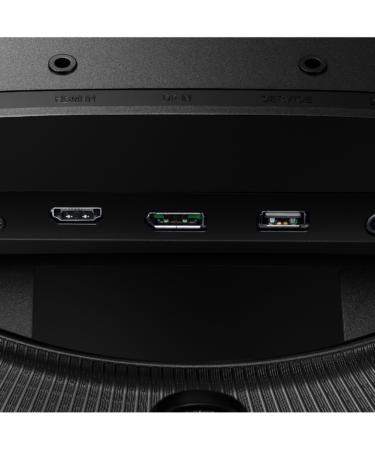
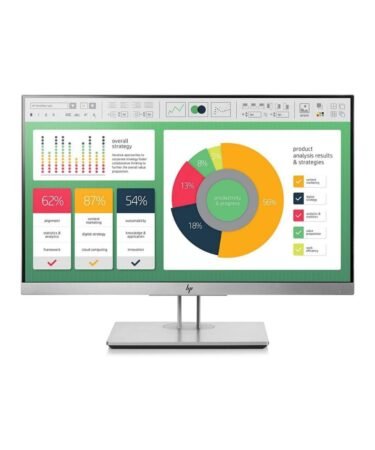
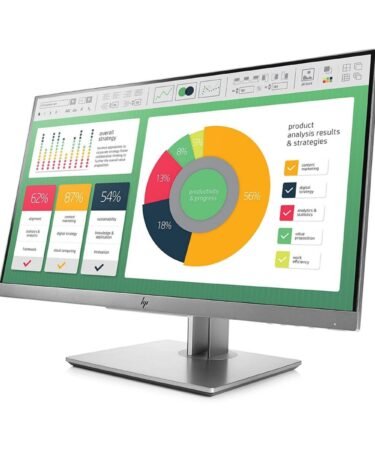


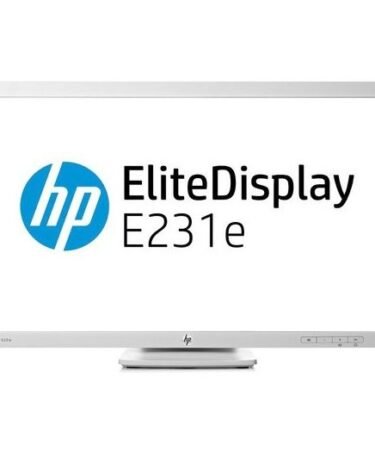
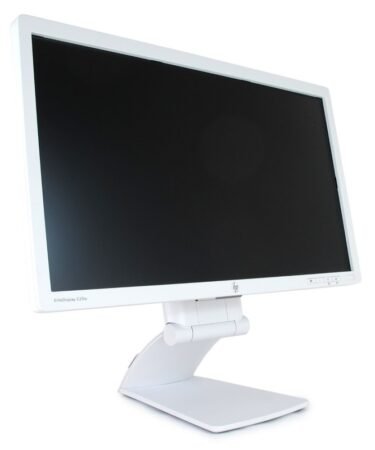


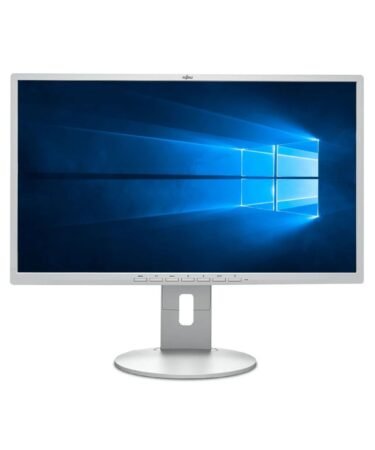
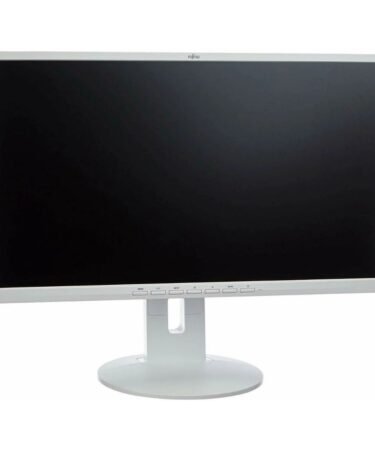

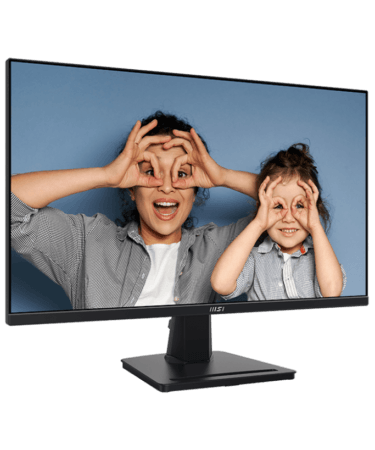


Customer reviews
Reviews
There are no reviews yet.
Write a customer review